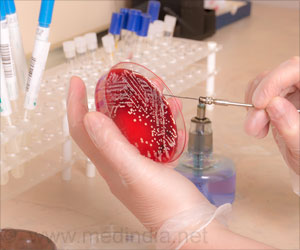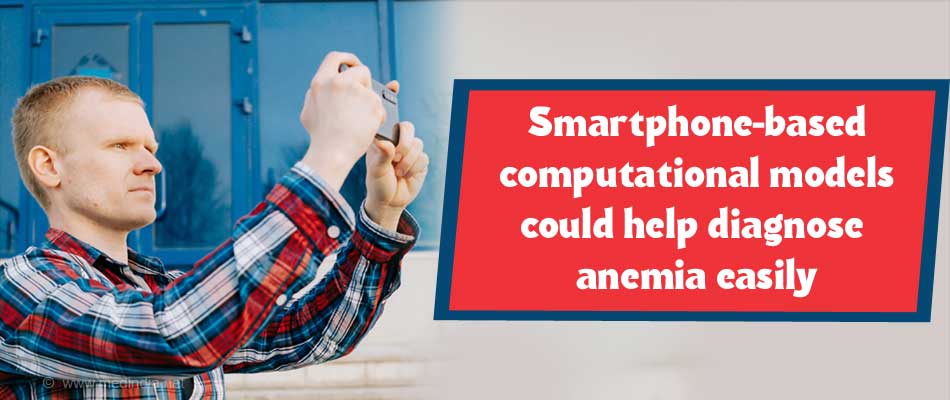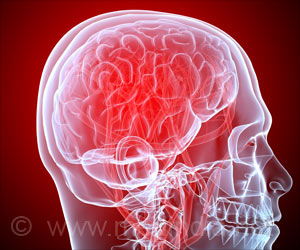Studying ancient immunity can provide insights and an evolutionary perspective into immune responses to pathogens and how these have changed over time, and potentially how organisms may respond to new pathogens in the future().
To date, several analyses have noted the presence of ancient human antibody peptides from bone alone. The role of other calcified tissue like teeth has been left out. But recently, researchers showed that antibodies extracted from 800-year-old medieval human teeth were stable and still able to recognize viral proteins.
Generations-Old Antibodies from Ancient Teeth Could Help Study Infections
The study conducted at the Department of Medicine at University College London, expands the study of ancient proteins, referred to as palaeoproteomics, potentially allowing experts to analyze how human antibody responses developed through history.
Advertisement
Palaeoproteomics can reach back into deep time with ancient proteins already successfully recovered and identified after preservation in 1.7-million-year-old dental enamel from an ancient rhinoceros and an ostrich eggshell more than 6.5 million years old.
They also found preliminary evidence that, like the medieval human teeth, mammoth bones nearly 40,000 years old appear to preserve stable antibodies.
This science has previously been applied by the Nottingham team to the analysis of other disease-associated proteins recovered from archaeological human bones and teeth to allow the identification of an unusual ancient form of the skeletal disorder Paget’s disease.
In discovery science, we come to expect the unexpected, but the realization that intact, functional antibodies can be purified from skeletal remains in the archaeological record was quite astonishing. Some ancient proteins were known to be stable, but these tend to be ‘structural’ proteins such as collagens and keratins, that are inert().
Antibodies are different because we can test whether they can still do their job of recognizing viruses or bacteria even after hundreds of years. In this case, they found that antibodies from medieval teeth were able to recognize the Epstein-Barr virus, which causes glandular fever.
In the future it could be possible to look at how antibodies from ancient specimens react to diseases present during those periods, such as the Black Death.
References:
- Hendy, Jessica et al. A guide to ancient protein studies. Nature Ecology & Evolution vol. 2,5 (2018): 791-799.( https://www.nature.com/articles/s41559-018-0510-x)
- Mai, Ba Hoang Anh et al. Ancient dental pulp: Masterpiece tissue for paleomicrobiology. Molecular genetics & genomic medicine vol. 8,6 (2020): e1202.(https://onlinelibrary.wiley.com/doi/10.1002/mgg3.1202)
Source: Eurekalert



